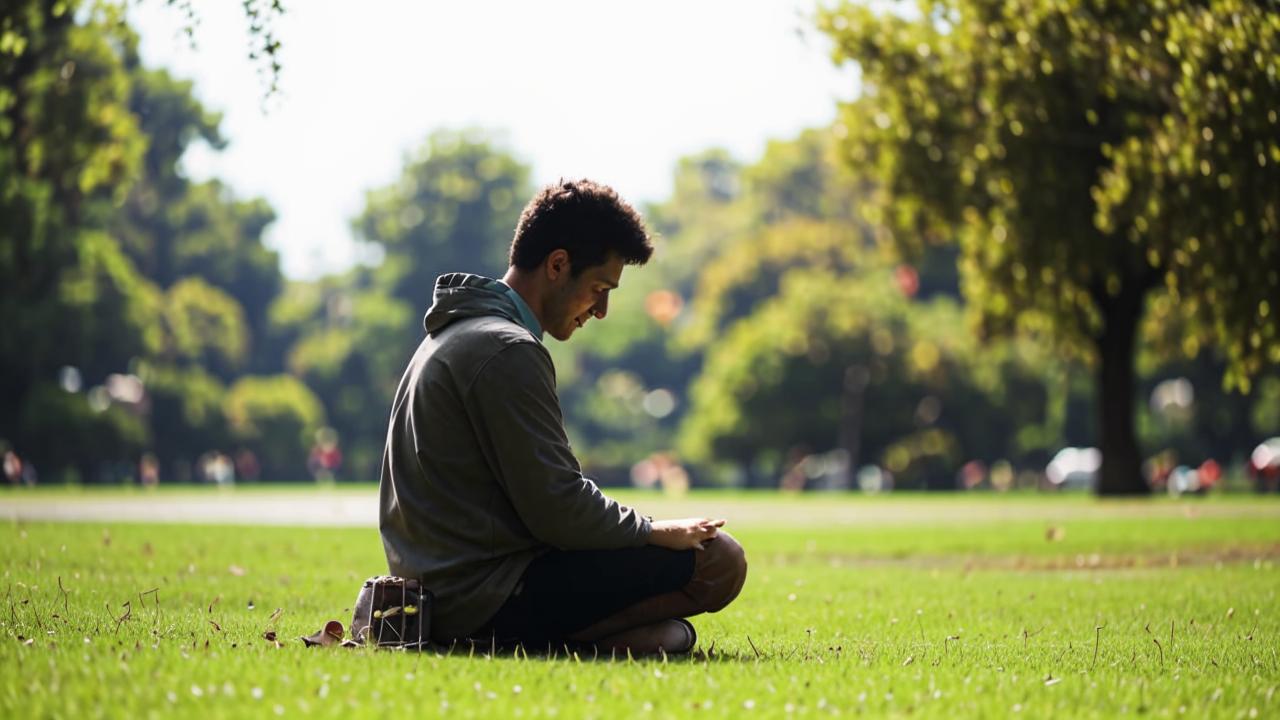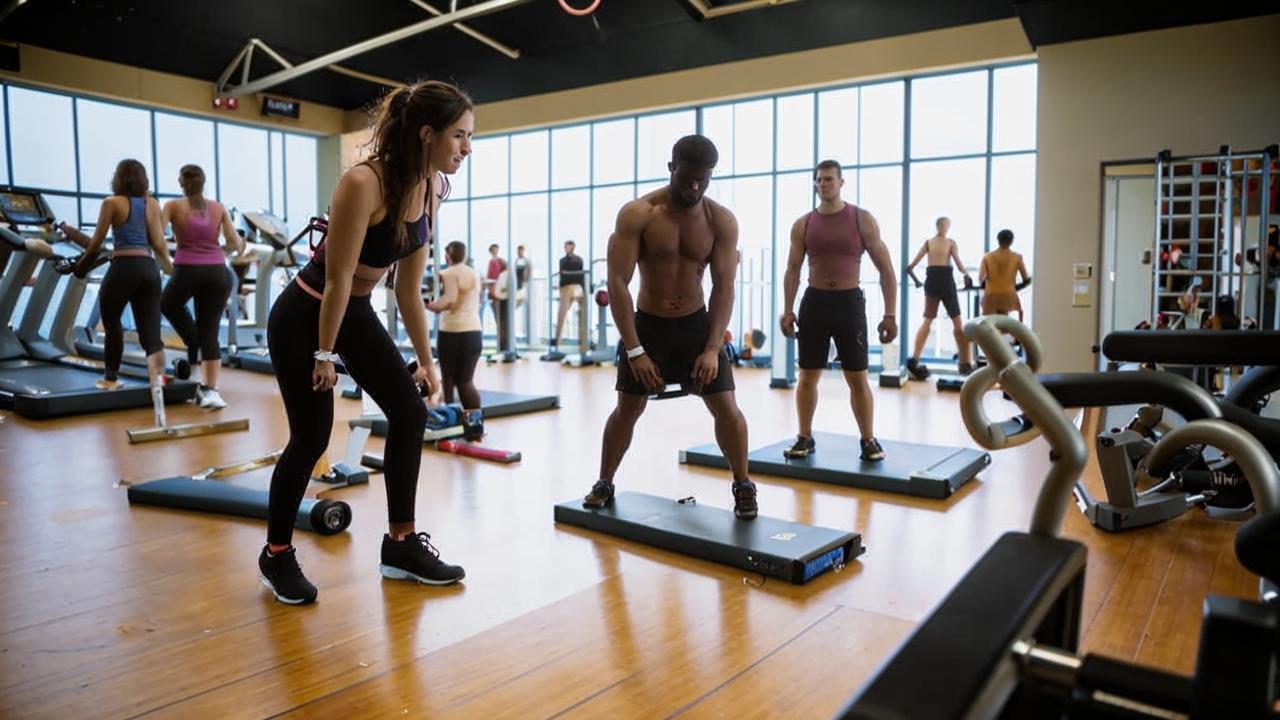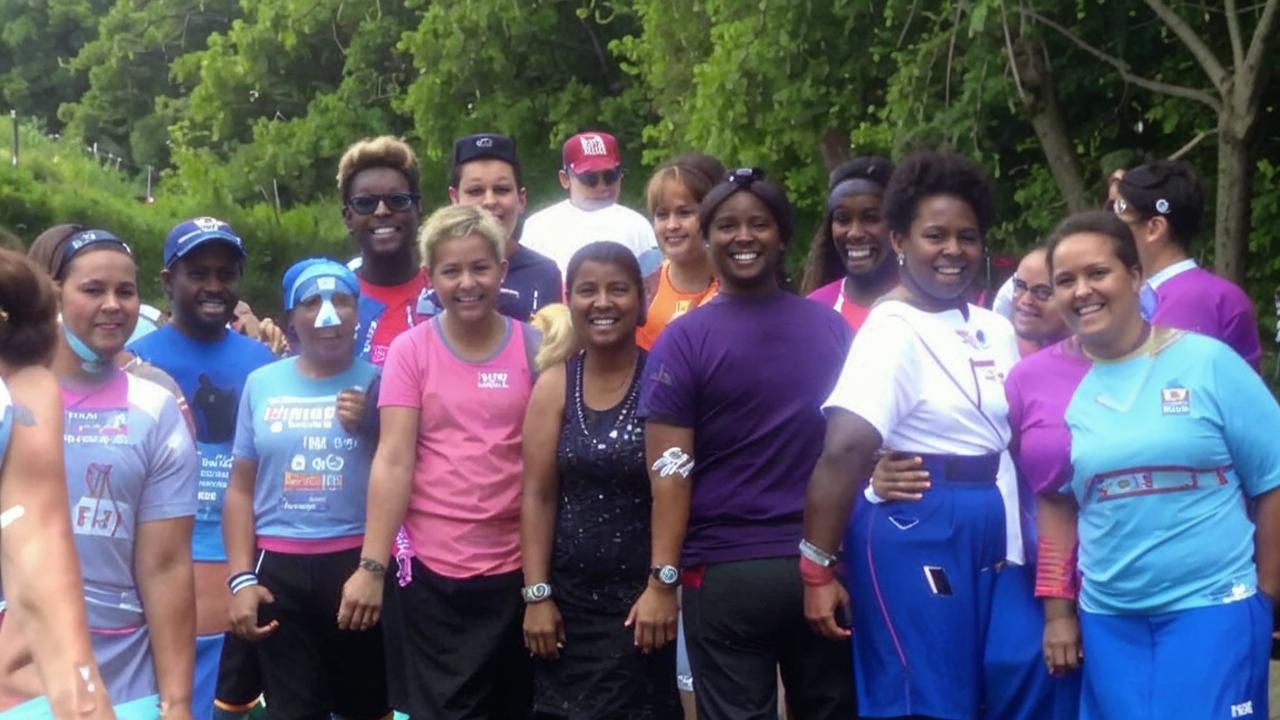Stopping in time: how do you realize you’re overtraining?

Excessive loads can provoke serious injuries. It is important to give yourself a rest in time.
Sprains, strains and bruises are the first things that come to mind when many people hear the word “injury”. However, it can even be caused by overexertion, which most people do not even pay attention to. Sergei Lvov, a specialist in medical rehabilitation at the European Medical Center, explains the dangers of overstretching muscles.
What causes overstrain?
Overstretching increases the risk of injuries during training. Symptoms that indicate that a person has overtrained are sharp sharp acute pain, muscle cramps that occur more often than usual, local swelling of the injured muscle, as well as bruises, hematomas and impaired function of the limb.

Overstretching can lead to microtrauma of the muscle fiber or fibrous tissue, i.e. ligaments. Depending on the degree of overexertion, this can be either a minimal injury that is felt as moderate discomfort or a significant injury. Including overexertion can lead to a partial tear of a muscle or tendon – a full-blown sports injury. This is the main risk of overexertion – a partial or complete tear of a muscle or ligament deprives the athlete of the ability to train for a long time. Most often the recovery period lasts about six weeks.
How to avoid overstraining?
The main rule is preparation for training, as well as their regularity and stability. There should be no sudden jerks during exercises, loads should preferably be kept at the same level with gently progressive strengthening.

One of the key points to prevent overstrain is proper warm-up before exercise. The main cause of micro-tears is “cold” training, when there is no warm-up and the muscle fiber is not stretched. Of course, any muscle work should be followed by a series of stretches. Work some muscle group – do stretching, and so on with each group. This allows you to minimize the risk of overstrain and optimally start the blood flow. During exercise, blood is actively flowing to the muscles, with a properly performed stretching is a return outflow, and micro tears do not occur.
Of course, if there is an injury and a person is faced with overstrain, it makes sense to change the nature of the load. At the very least, it is necessary to temporarily stop using the injured muscle. There are always alternative types of training for other muscle groups. You can also do cardio training, concentrate more on stretching or working with your own body weight.

Of course, the best way to avoid injury is to train under the supervision of a trainer who will ensure proper prevention and prevent overload, which will be the key to muscular well-being.






